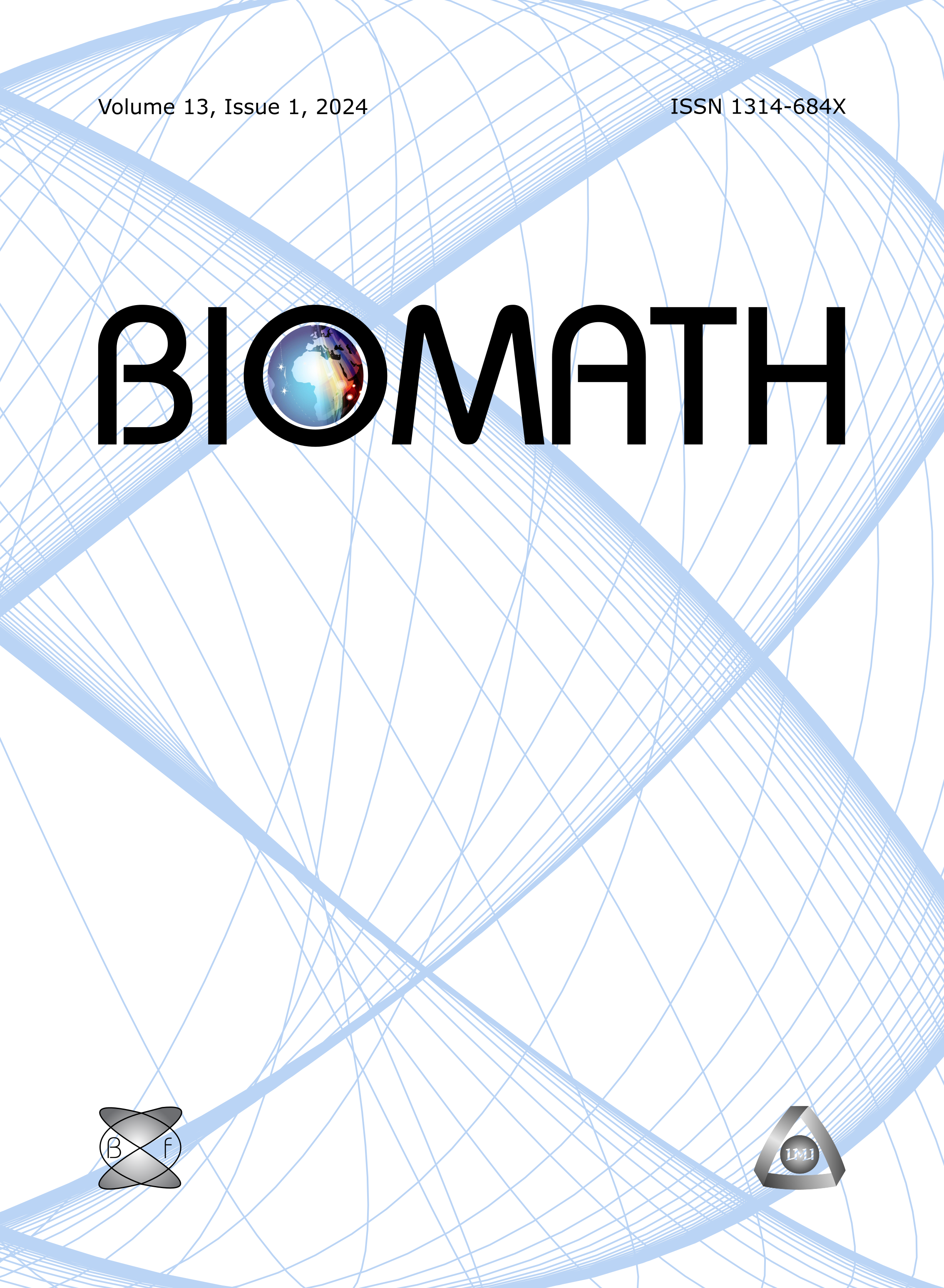Spike timing neural network model of conscious visual perception
DOI:
https://doi.org/10.55630/j.biomath.2022.02.258Keywords:
spike timing neural network, consciousness, thalamo-cortical connections, visual perceptionAbstract
The aim of the paper is to investigate the influence of thalamo-cortical connectivity on the conscious perception of visual stimuli. We conducted simulation experiments changing the key parameters of our spike timing neural network model of visual perception and decision making that are supposed to be related to conscious perception, namely bottom-up and top-down connections between thalamic relay, including Thalamic reticulate nucleus (TRN) and Lateral geniculate nucleus (LGN), and primary visual cortex (V1). The model output, that is perceptual based decision in the lateral intrapareital (LIP) area of the brain for left or right saccade generation, was observed. Conclusions about the influence of altered key parameters on the ability of our model to take proper decision were commented in respect to the observed activity in the brain areas responsible for conscious visual perception and decision making.
Downloads
Published
Issue
Section
License
The journal Biomath is an open access journal. All published articles are immeditely available online and the respective DOI link activated. All articles can be access for free and no reader registration of any sort is required. No fees are charged to authors for article submission or processing. Online publications are funded through volunteer work, donations and grants.
Authors who publish with this journal agree to the following terms:
- Authors retain copyright and grant the journal right of first publication with the work simultaneously licensed under a Creative Commons Attribution License 4.0 that allows others to share the work with an acknowledgement of the work's authorship and initial publication in this journal.
- Authors are able to enter into separate, additional contractual arrangements for the non-exclusive distribution of the journal's published version of the work (e.g., post it to an institutional repository or publish it in a book), with an acknowledgement of its initial publication in this journal.
- Authors are permitted and encouraged to post their work online (e.g., in institutional repositories or on their website) prior to and during the submission process, as it can lead to productive exchanges, as well as earlier and greater citation of published work (See The Effect of Open Access).

